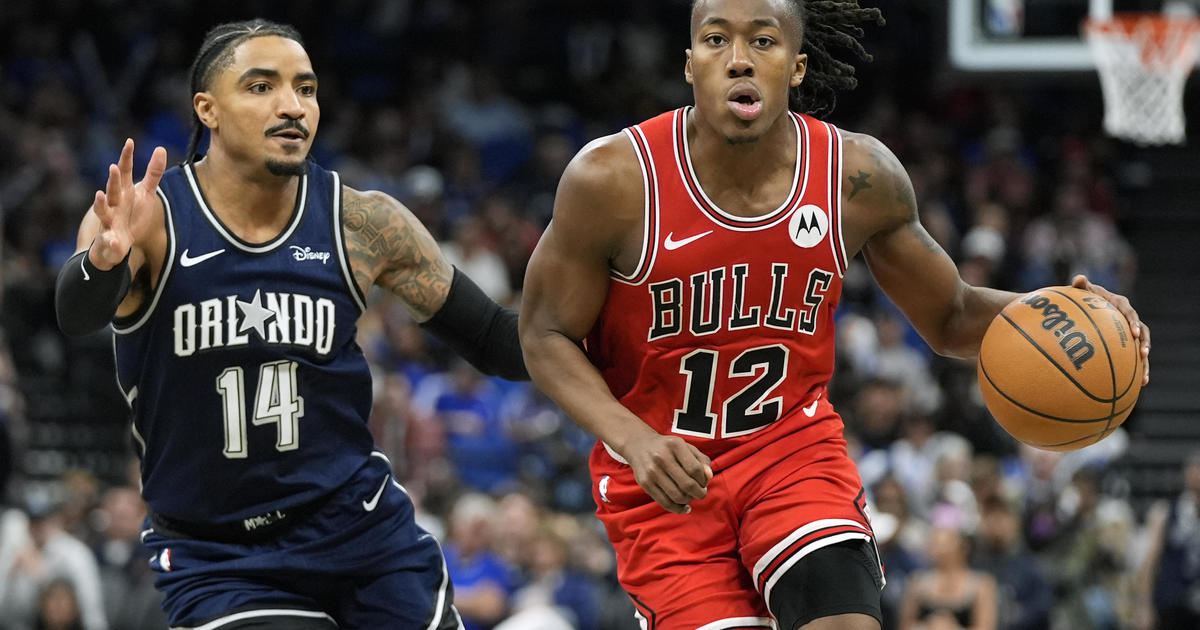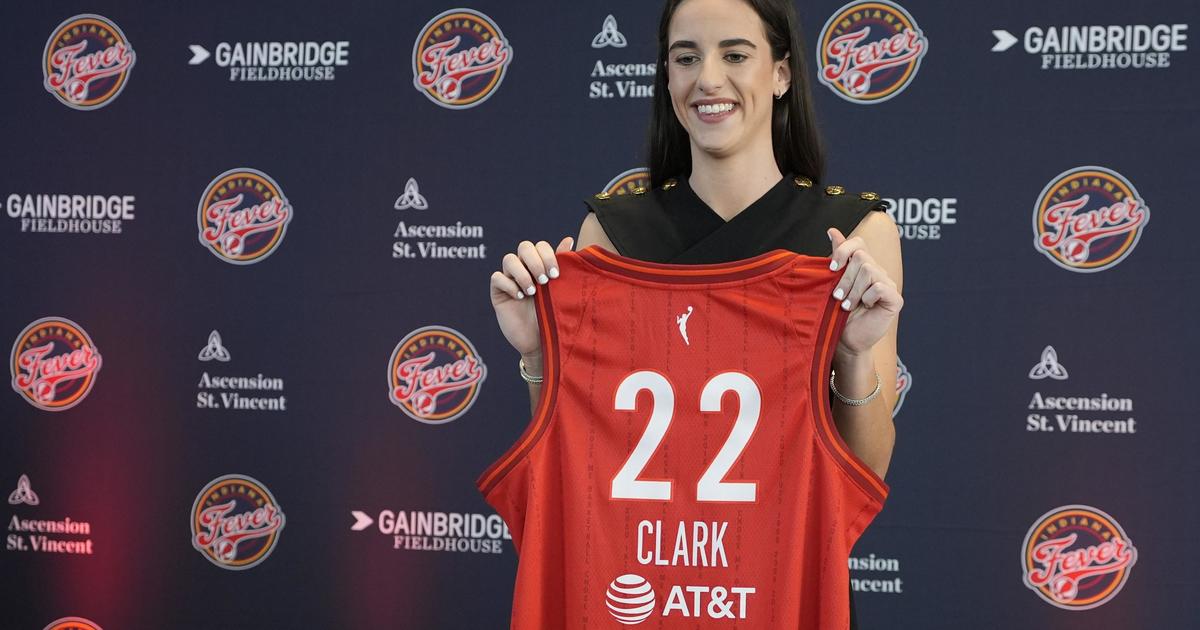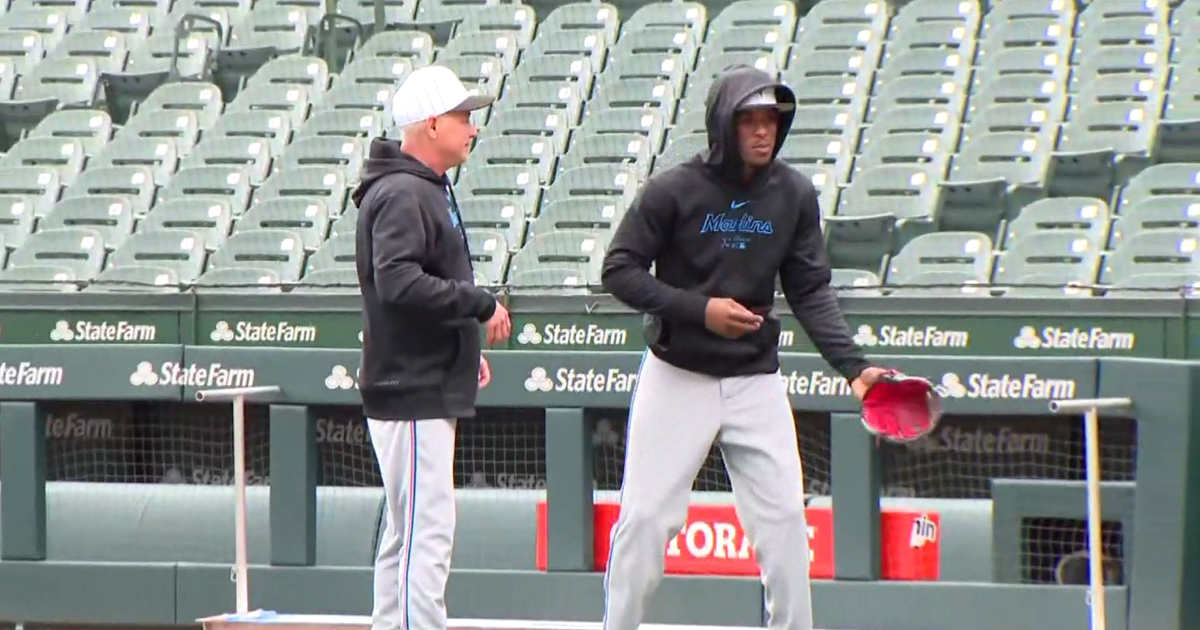Durkin: Explaining The NFL's Salary Cap
By Dan Durkin-
(CBS) While Ravens fans bask in Super Bowl glory, 31 other fan bases gnash their teeth. Keyboard general managers pop up online, devising plans to pave the way to prominence, with a common refrain of "cut everyone who sucks!" This fate will befall many players, and in some instances, at a price. Literally.
As a proud, card-carrying member of the internet general manager community, I'm going to help my brethren by explaining how the NFL salary cap works.
On August 4, 2011, NFL Owners and the Players Association (NFLPA) ratified a new Collective Bargaining Agreement (CBA), a 10-year labor agreement that expires after the 2020 season. In lieu of covering all 300 pages - medicative reading for insomniacs - I will, at a macro-level, distill down Articles 12, 13, and 14, and explain the calculation and enforcement of the salary cap.
Accounting and Calculation of the Salary Cap
Prior to diving into the verbiage, here's the salary cap formula:
* Player Cost Amount (All Revenue x CBA Percentage) - Benefits / Number of NFL Clubs
All Revenue (AR) is comprised of things like ticket sales, luxury boxes, television broadcast rights and stadium concessions. AR is subdivided into three categories for purposes of calculating player costs:
* League Media (television rights),
* NFL Ventures / Postseason (entities including but not limited to NFL Network, NFL Digital, NFL Properties),
* Local (preseason game television rights).
CBA Percentage - the revenue percentages owed to players - is 55% of League Media, 45% of NFL Ventures, and 40% of Local. For 2013, the CBA percentage is 47%, and shall never be lower than 47% for the life of the agreement, also known as the "Guaranteed Player Cost Percentage." If the average is ever less than 47%, an "Adjustment" will be made, creating additional room in the next season's salary cap.
Benefits consist of (but aren't limited to) items like pensions, insurance, workers' compensation, postseason pay, the "88 Benefit" (fund for former players with dementia), and a new item, the Neuro-Cognitive Disability Benefit.
These numbers are then summed and divided by 32, to arrive at the salary cap per team. For 2013, the estimated salary cap is $121M per club.
League-wide cash spending - money spent on all NFL players (salaries, bonuses, and other non-benefit amounts) in a season - is guaranteed to be 95% of the salary cap over the life of the agreement. If the league-wide 95% spending threshold isn't met, all players who were on an NFL club during the season will be issued a shortfall payment on or before September 15th.
Each individual team is required to spend a minimum of 89% in cash over four-year arrears, also known as the "cap floor." When individual teams don't meet the minimum team cash spending of 89%, a shortfall payment will be made directly to players who were on that roster for the applicable season.
By instituting a cap floor in a limited economy, the NFL ensures that all teams are at least spending the same amount on their payroll. Does this mean teams overpay for mediocre talent? Absolutely. But there's a solution to that: scout better.
Still with me? Good. Let's get into some specific scenarios.
When are teams required to be under the salary cap?
Prior to the beginning of the new league year. For 2013, it is Tuesday, March 12 at 4 p.m. ET.
Do all player contracts count against the salary cap in the offseason?
No. The "Top 51" rule stipulates that only the top 51 salaries count against the salary cap in the offseason.
However, once the regular season starts, all contracts - including practice squad players - count against the salary cap.
What portion of a contract is guaranteed?
Other than specifically designated portions, only the signing bonus is guaranteed.
How does a signing bonus work?
A signing bonus is paid in one lump sum to the player. However, for the cap, clubs prorate the signing bonus over the life of the contract on a straight-line basis for a maximum of five years.
For example: Player X signs a four-year contract for $10 million, with a $4 million signing bonus, $1 million will count against the team's salary cap over the life of the contract.
What happens if a player is cut or traded?
If a player is cut, the remaining portion of their signing bonus accelerates to that year. Using the example above, if Player X is cut after year two, the remaining $2 million is accelerated immediately.
Hypothetically, what happens if the Bears cut a tight end - for privacy's sake, let's call him K. Davis? Adding up the non-guaranteed money ($2.4 million base salary + $100,000 workout bonus) nets a $2.5 million dollar cap savings, but his remaining guaranteed amount ($1.35 million signing bonus) becomes dead money against the cap.
If Team A trades Player X to Team B after year two, Team A takes an immediate $2 million cap hit. Team B assumes the player's salary and non-benefit amounts (workout bonuses, roster bonuses, incentives).
What is a workout bonus?
A bonus paid to players who participate in a certain percentage (typically 85%) of off-season workouts. Workout bonuses are not fully guaranteed.
What is a roster bonus?
A bonus paid to players if they're on a roster at/after a certain date (typically in early March). Roster bonuses are not guaranteed unless specifically designated in the contract language.
Can a team carry over unused cap amounts from one year to the next?
Yes. Eligible teams can carry over unused cap room from the previous year as a credit to the current year's salary cap.
There are certainly more aspects to delve into, specifically rookie compensation, which was significantly altered in the new labor agreement, but that's another topic for another day.
With the league new year less than a month away, front offices are busy crunching numbers, looking for ways to save and spend wisely on their roster. For those craving NFL news, things will really heat up over the coming weeks.
Questions? Contact me on Twitter.
Dan Durkin joined The Score's columnist community after finishing runner-up in the 2011 Pepsi Max Score Search. He is a graduate of the University of Illinois where he was a member of the men's football team (despite his best efforts to join the women's team). Dan is a longtime Scorehead, known as Dan in Wicker Park - even though he no longer resides in Wicker Park - who will be sharing NFL analysis and opinions. You can follow Dan on Twitter @djdurkin. To read more of Dan's blogs click here.




